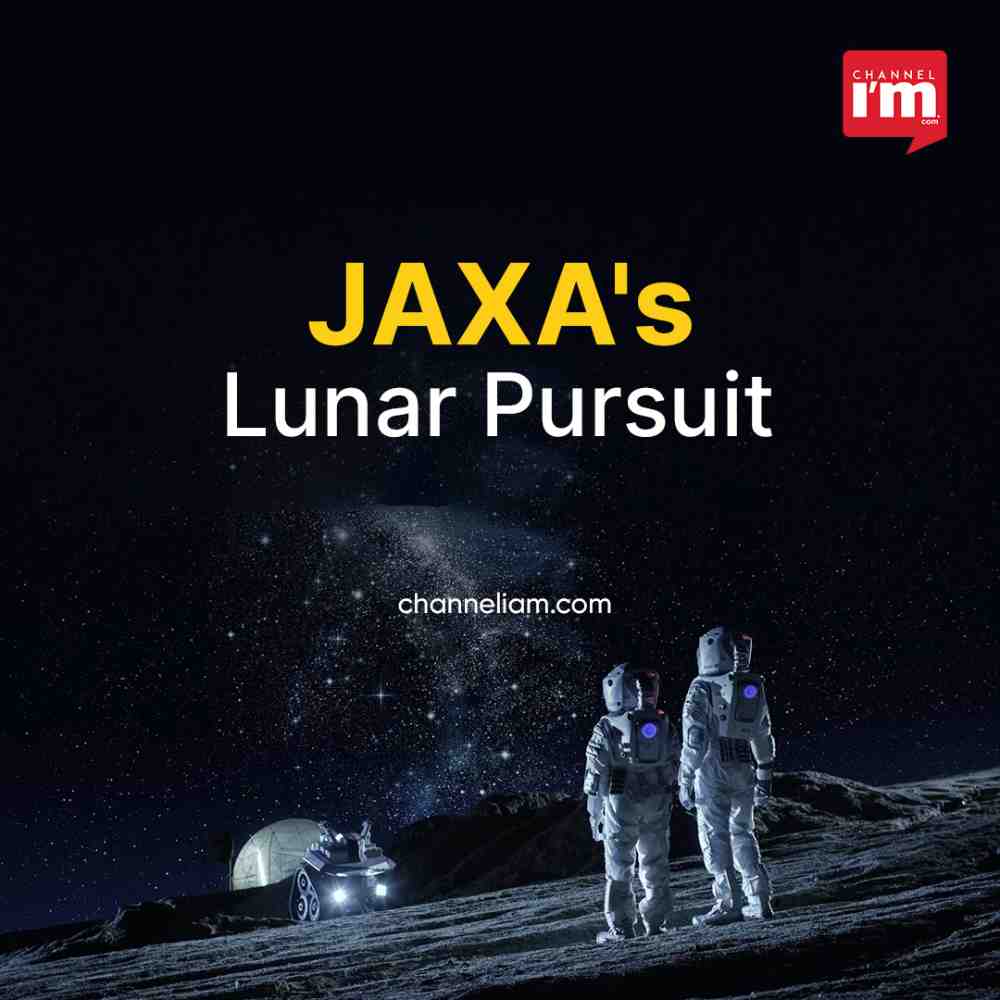
Japan’s H2-A Rocket Aims for Lunar Expedition Following Recent Space Achievements
Japan’s renowned space agency, the Japan Aerospace Exploration Agency (JAXA), is embarking on an ambitious lunar journey with its H2-A rocket. This comes in the wake of both the notable success of India’s Chandrayaan-3 mission and Russia’s Luna-25 mission setback. Scheduled for launch on a Sunday morning, the H2-A rocket is primed to continue Japan’s legacy of space exploration following a string of recent achievements and challenges.
Chandrayaan-3 Triumphs as Luna-25 Faces Setback
India’s space agency, the Indian Space Research Organisation (ISRO), secured a significant milestone with the Chandrayaan-3 spacecraft. Demonstrating impressive precision, Chandrayaan-3 executed a soft landing near the moon’s south pole, marking India’s historic distinction as the first country to achieve this feat.
Meanwhile, Russia’s Luna-25 mission encountered disappointment as it experienced a setback. The mission, aimed at lunar exploration, faced difficulties that underscore the challenges of space exploration. This contrast in outcomes further amplifies the anticipation surrounding JAXA’s forthcoming lunar endeavor.
H2-A Rocket: A Beacon of Reliability
JAXA’s H2-A rocket, the chosen vessel for this lunar voyage, has earned a reputation as a remarkably dependable launch vehicle. With a track record of 42 launches since 2001 and only one failure, it stands as JAXA’s flagship in terms of reliability. As per a Bloomberg report, this impeccable success rate highlights the H2-A’s robust engineering and design.
Dual Payload for Lunar Exploration
The upcoming mission is no ordinary venture. The H2-A rocket will carry not one, but two payloads destined for significant scientific endeavors.
Small Lander for Investigation Moon (SLIM): Standing at nearly 9.8 feet tall, SLIM represents Japan’s commitment to lunar exploration. This compact yet powerful lander is poised to gather essential data from the moon’s surface, contributing to a deeper understanding of lunar conditions.
X-ray Imaging and Spectroscopy Mission (XRISM): Beyond lunar exploration, the H2-A will also transport the XRISM satellite. XRISM’s mission is to enhance our comprehension of celestial phenomena by studying plasma within stars and galaxies through advanced X-ray imaging and spectroscopy techniques.
Pathway to Progress and Reputation Restoration
JAXA’s H2-A mission carries not only scientific objectives but also a broader significance for the agency. The triumph of this mission could potentially pave the way for future probes characterized by exceptional navigational accuracy, revolutionizing space exploration strategies. Moreover, this success could aid JAXA in recovering its reputation after facing a series of substantial setbacks in the previous year.
Navigating Through Turbulence: JAXA’s Setbacks
JAXA’s journey to this point has not been without challenges. The agency confronted a series of setbacks that tested its resilience and ingenuity.
Epsilon Rocket’s Mid-Flight Abandonment: In October 2022, JAXA faced a significant blow when it was compelled to abandon the sixth launch of the Epsilon rocket midway through its flight. This marked a major failure, a rarity for Japanese rockets since 2003. An investigation later revealed a faulty component as the culprit behind the rocket’s inability to maintain stability.
Data Falsification Controversy: November 2022 brought another blow as JAXA disclosed that one of its research teams had manipulated extensive amounts of data collected during an experiment simulating life on the International Space Station. The revelation shook the agency’s credibility.
H3 Rocket’s Technical Hiccups: The challenges persisted into the following year. In February, a malfunction between the H3 rocket’s main engine and side booster led to a launch delay. Subsequently, in March, the rocket’s second stage engine failed to ignite, necessitating the activation of a self-destruct mechanism while the rocket was mid-air.
Explosion of Epsilon S Rocket Engine: In a pivotal ground test, the engine of an Epsilon S rocket exploded in July. This incident dealt a severe setback to both the Epsilon and H3 rockets, as both relied on the same solid rocket booster.
As Japan’s H2-A rocket embarks on its lunar voyage, it carries not only payloads of scientific curiosity but also the weight of JAXA’s determination to overcome adversity. This mission stands as a testament to the agency’s unwavering commitment to exploration despite the challenges encountered along the way.
